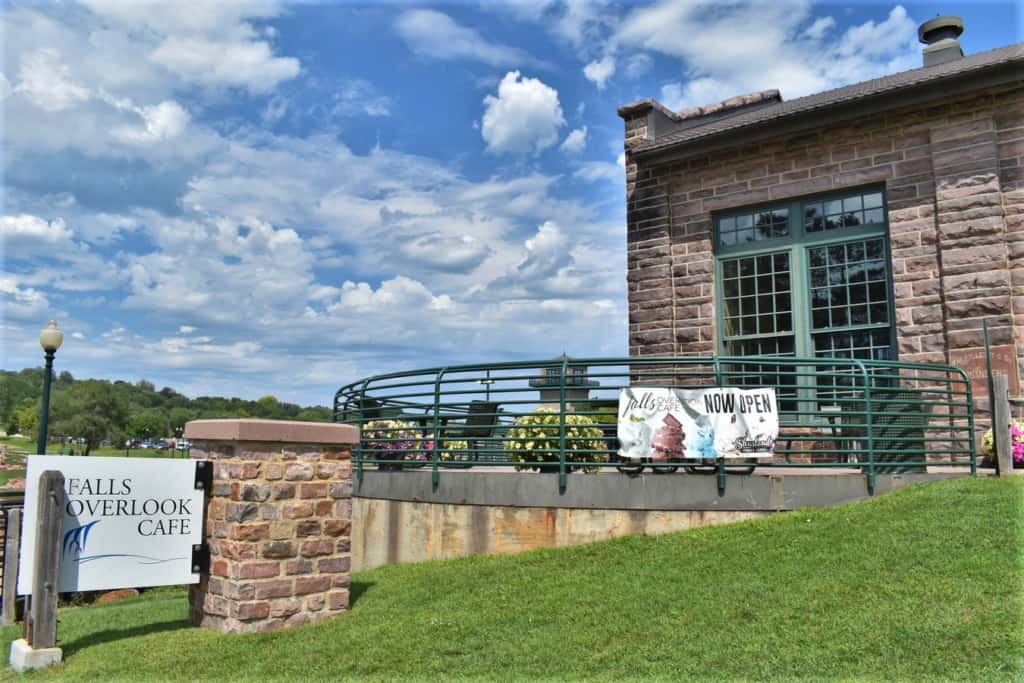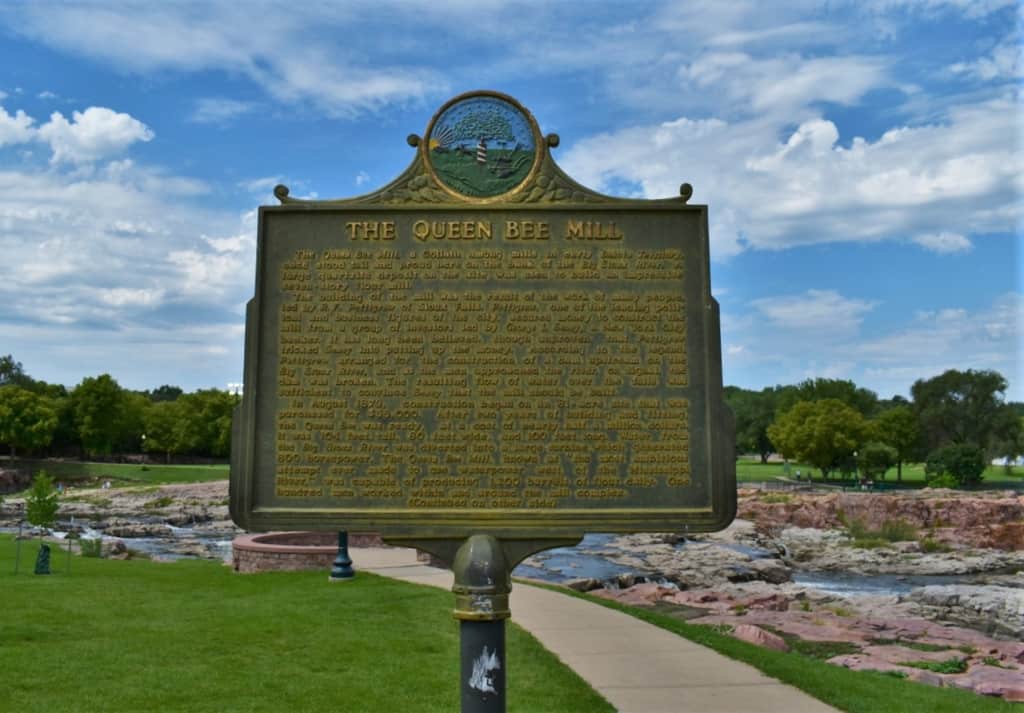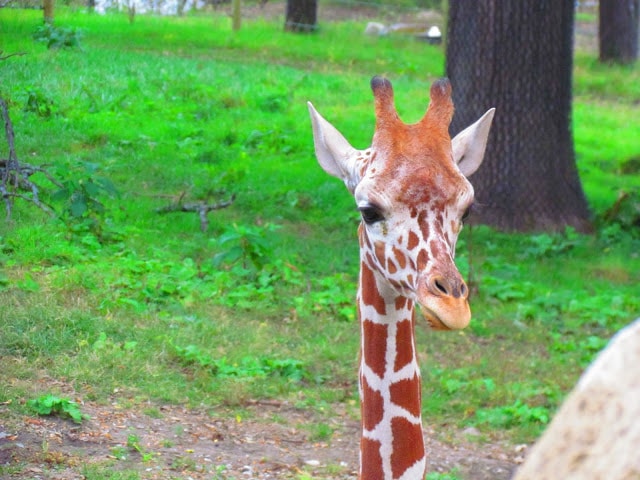As I sit here writing this article, the winter snow is falling in Kansas City. Our Epic Road Trip is still fresh in our minds, even though it has been a dozen weeks since it wrapped up. Looking out at the cold, it is easy to imagine the times that ice sheets once spread across North America. While glaciers have grown and receded many times over the eons, the last happened about 20,000 years ago. When the last of the glaciers receded, it left behind an Ice Age creation that has to be explored firsthand. Traveling north along the western edge of Iowa, we crossed over into South Dakota. Our next stop was Sioux Falls and a visit to the Big Sioux River.

Remnants from a Glacier
We were staring down a 4500-mile journey that would be completed in 11 days. This only allowed us enough time for one stop in most destinations. Our research told us that if you can only see one thing, in Sioux falls, it has to be Falls Park. With 128-acres to explore, we wouldn’t even have enough time to explore all of it. Time to focus. We rolled into town and headed straight for the riverfront park. Our first view told us that we were in for an amazing experience. It’s no secret that we love waterfalls, and Falls Park has quite the collection.

Ice Age Creation
This Ice Age Creation most likely began as a fairly straight and wide channel that carried water south toward the Gulf. The glaciers would carve into the underlying rock. Melting would carry the sediment downstream and expose more rock. This process would repeat itself for hundreds of years. While erosion continues to alter the Big Sioux River, these days it is not as severe. With about 7400 gallons of water per second passing through the area, the forces can be heard as well as seen.

Dining with a View
Our original schedule had us eating an early lunch during our stop in Sioux City, Iowa. As often happens during our travels, we found ourselves ahead of the timeline. Since our second stop was only an hour away, we decided to wait to eat. This ended up being a wise decision, as we discovered that the Falls Overlook Cafe was open for business. Traveling during the pandemic, we had found a mixed bag of restrictions across the country. In Sioux Falls, they were requiring masks and limiting visitors to outside dining. Facing beautiful weather and amazing views, we were more than happy to comply.

Queen Bee Mill
The first humans to discover this geological wonder would have been indigenous native tribes. It is estimated that they arrived in this area about 11,000 years ago. Artifacts suggest that most were hunter/gatherers, but cultivation was also occurring. Arrowheads point to origins from the southwest, and we had previously learned that the flint mined at Alibates Quarry was traded among tribes all across the middle part of the continent. Remnants of the huge burial mounds were discovered high above the banks of the Big Sioux River. Sometime in the late 1600s, nomadic buffalo hunters from the Lakota and Dakota tribes found their way to this scenic spot. These days, there are nine tribal lands in the state of South Dakota.

Ruins from Days Gone By
When Europeans heard about the wonders of this region, it was a foregone conclusion that they would arrive. It is probable that some had come before, but the earliest mention that I could find was by Lewis and Clark. In August 1804, they describe a visit to the falls of the “Soues River”. In the 1850s, Fort Dakota was erected nearby. The power of the waters beckoned speculators to designate the area prime for a settlement. The Queen Bee Mill was built and began operation in the early 1880s. The falls proved a worthy adversary and the business closed in a couple of years. A fire in 1956, left the ruins that can still be viewed today.

Picturesque Exploration
This Ice Age creation has become the number one attraction for Sioux Falls. The park allows for plenty of amazing views. We crossed the bridge over the falls numerous times during our visit. Seeing others climbing among the rocks, we were drawn into a closer look. Walking along the edge gave us a perspective different from afar. We wandered among the native plants and found some viewpoints overlooked by others. There was even time enough for a climb up the 50-foot tower that is home to the visitor center. From there, we could witness how the Big Sioux River winds its way through the craggy rocks below.

Break from the Road
Stop number two, along our Epic Road Trip, was another marvelous find. Knowing that we would need various breaks along our 4500-mile journey, it was exciting to see the places we had been dreaming about for weeks. All of the planning may be tedious, but when a plan comes together it is worth all of the effort. As we sat along the banks of the falls, we were reminded how fortunate we are to live in a country filled with so many wonders. The road was beckoning to us, but we wanted to soak in a few more minutes of the grandeur of Sioux Falls.






Thanks for sharing!
It is our pleasure. We enjoy showcasing these types of amazing attractions.